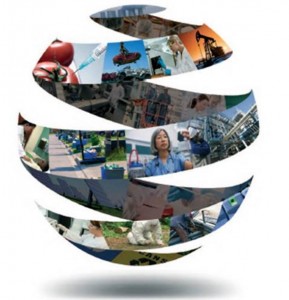Case Study
Safeguarding Canada’s fish and seafood sector
Safeguarding Canada’s reputation for quality fish and seafood—as well as the livelihoods of those who work in the industry—depends on the ability to deliver accurate, reliable, and consistent test results for detecting aquatic animal diseases.
On-going growth in the global trade of wild and farmed fish and seafood products brings with it increased risk of transferring aquatic pathogens (disease-causing agents) from one place to another, which have the potential to be devastating to wild fisheries and aquaculture operations by affecting the ability of infected marine species to grow, reproduce, or survive.
In order to ensure the credibility of testing results, Fisheries and Oceans Canada took the decision to ensure that its in-house diagnostic laboratories National Aquatic Animal Health Laboratory System (NAAHLS) are accredited to ISO/IEC 17025.
Accreditation provides trading partners with confidence in Canada’s diagnostic testing and management of aquatic animal health. Sound diagnostic testing also enables the Canadian Food Inspection Agency (CFIA) to attest to the health status of Canada’s fish and seafood exports, and to ensure that imports from other countries pose no risk of transferring infectious aquatic pathogens to Canada.
Further information is available on the Fisheries and Oceans Canada website.









